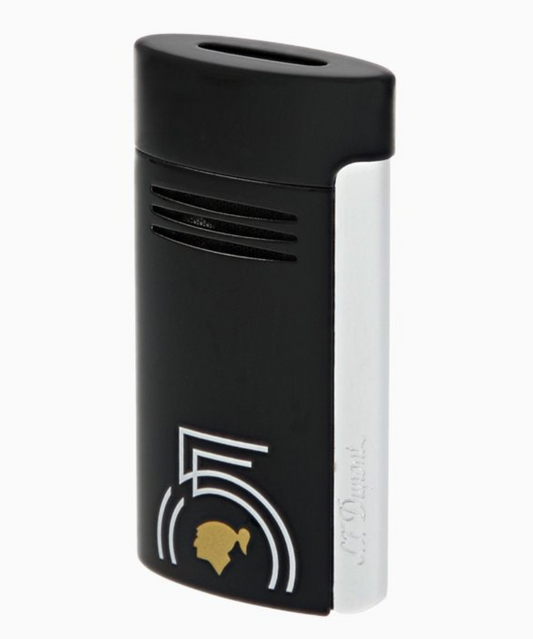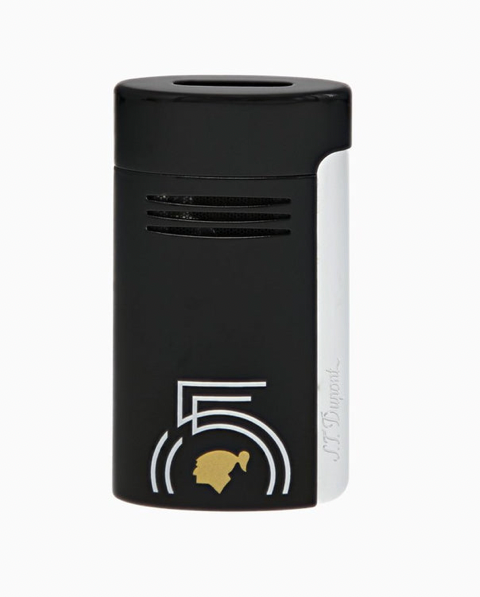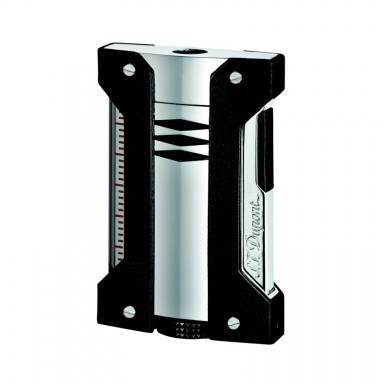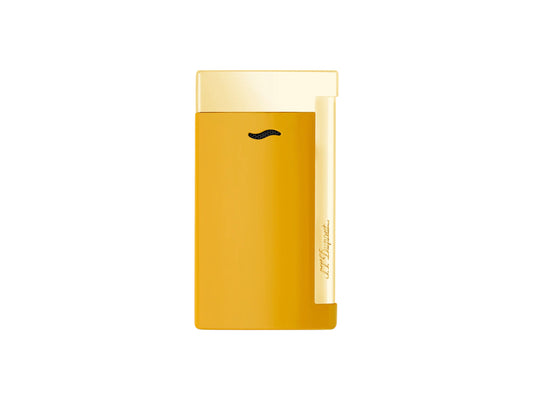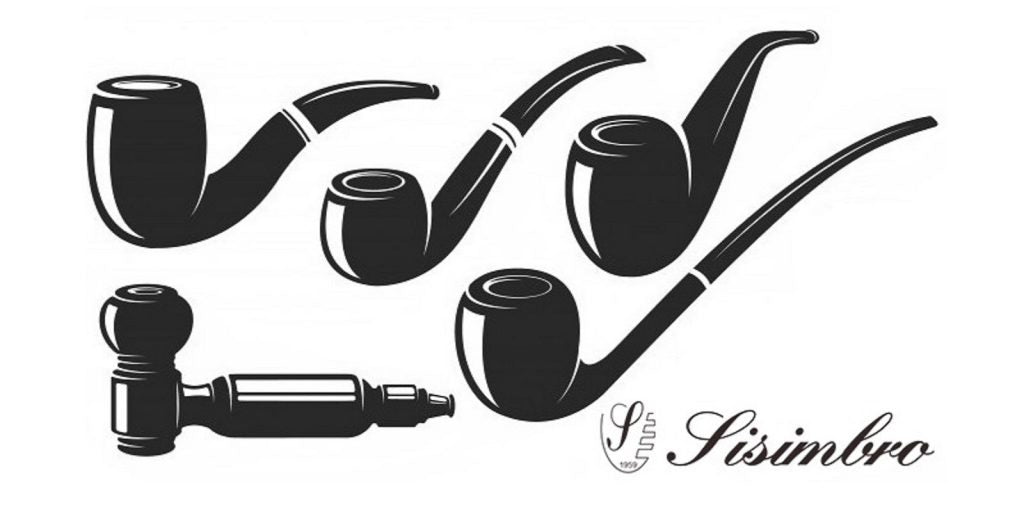The beginning of the History of the pipe It is lost in very remote periods. In fact, the custom in primitive communities was widespread, to set fire to the roots or aromatic plants to inhale the fumes: for this reason the "pipe" was conceived.
From those days the road device has made it, becoming the value of value that currently attracts countless enthusiasts and admirers.
Index
- The beginning of the history of the pipe: the discovery of America
- The most used materials: from the terracotta pipe to the wooden pipe
- Terracotta pipe
- Porcelain pipes
- Ceramic pipe
- Foam pipe
- Wooden pipes
- Other materials used
The beginning of the history of the pipe: the discovery of America
In the fifteenth century, with the discovery of America, the Native Americans made known tobacco to Europe, which soon became a very widespread and fashionable pastime in the old continent.
The Indians of America produced these objects, which were donated or traded with the Europeans, in clay or limestone. It was the sailors and the explorers who imported pipes in their hometown.
The Indians of America produced these objects, which were donated or traded with the Europeans, in clay or limestone. It was the sailors and the explorers who imported pipes in their hometown.
In the new continent the devices, such as the Calumet of peace, were mainly used for religious ceremonies, while in Europe they were used mostly for leisure.
The most used materials: from the terracotta pipe to the wooden pipe
During the course of the History of the pipe, there were really many materials that the craftsmen used.

By spreading all over the world, the device became an expression of the various local cultures and consequently the models acquired characteristics that described the place where they had been produced, diversifying mainly both for the style and for the difference in the materials used.
Let's see some.
Terracotta pipe
In 1500 the use of the terracotta pipe, which saw the light in England. Despite its fragility, this type spread throughout Europe and was produced mainly in Orlanda, Belgium, France and Germany. The major attraction were the contained costs of the materials that were used to produce it and which were affecting the low cost of the product, making it accessible to an ever wider audience of people.
In the two centuries to come, the various factories began to characterize the articles of their production more, decorating them with various types of designs and friezes. The terracotta pipes reached their maximum splendor in 1800 France when, replaced by other products, they became art objects.
Initially America imported this type of pipe, but in 1800 some of the best craftsmen in history gave the world. The production of these tools still continues in a few centers today.
Porcelain pipes
There History of the pipe Continue up to the porcelain pipes, who saw the art of important sculptors and craftsmen at their service. Mostly they were produced in centers like Sèvres, famous for this material. The most popular styles were the neoclassical, the Baroque and the Romanesque.
Between 1850 and 1870 more than 20 million specimens were produced and after the Franco-Prussian war, until the First World War, a format was created that takes the name of Regimental, donated to the military who had served the homeland with honor.
The production of these pipes still continues today in Germany.
Ceramic pipe
From the evolution of the pipes made up of the two previously analyzed materials, the ceramic pipe. This was produced mainly in England, Staffordshire and Wieldon.
In the new continent, ceramic pipes were not produced, but ordered by Europe.
These distinguished themselves from the others for their elongated shape.
In the new continent, ceramic pipes were not produced, but ordered by Europe.
These distinguished themselves from the others for their elongated shape.
Foam pipe
The foam pipes are among the most fascinating, which can also be noticed by the "nicknames" that have been attached to him as "Venus of the sea", "Queen of the Pipe" and "White Goddess".
The production of these devices takes place making use of sepioLite, material that allows a strong abundance of details in the engravings.
The production of these devices takes place making use of sepioLite, material that allows a strong abundance of details in the engravings.
Currently foam pipes are also produced in different shades.
The golden period of this type of pipe can be placed between 1850 and 1925.
Wooden pipes
But the most used pipes of the story are the wooden ones. The durability of these objects made them famous, in fact the wood is very difficult to break and in addition it does not give a harassing flavor to tobacco.
Between 1700 and 1800 pipes were experienced in more than 25 varieties of wood. But it was in 1850 that the Erica's root pipe, one of the most used and most appreciated materials by the admirers of this art as ancient as fascinating.
Between 1700 and 1800 pipes were experienced in more than 25 varieties of wood. But it was in 1850 that the Erica's root pipe, one of the most used and most appreciated materials by the admirers of this art as ancient as fascinating.

Equipped with exceptional quality for smoking tobacco the pipe in Erica's root was also very malleable, and allowed to be finely carved.
The story tells us that the Erica pipes were produced in the village of St. Claude, in France, in 1982, where more than 16 factories flourished.
Nowadays wooden pipes are more produced in Europe, Japan and the United States. These have a very large price range, which varies in varying the quality of the piece and its invoice.
Other materials used
The steatitis, clayey, pipestone and catlinitis were the materials mainly used by Native Americans. The Europeans made some daring attempts with the production of ivory, tin and iron devices. The less wealthy also tried to use materials such as egg shells and chicken bones.
In love with the art of producing these luxury objects, for more than 400 years the artisans of the western hemisphere produced pipes in horn, bone, guttapery, gold and silver. Subsequently these materials fell into disuse since, despite their beauty, they did not guarantee a satisfying experience due to the bad smell and flavor they produced.
If you want to have an overview of the best pipes currently available on the market, then visit Our online store!

